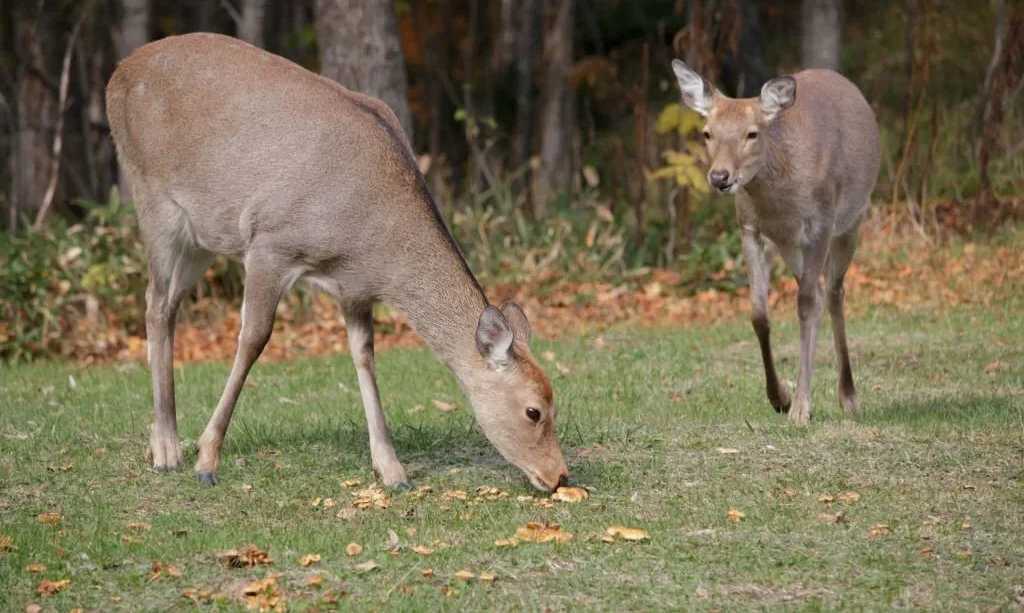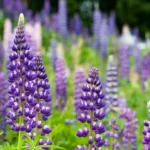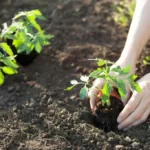Deer, those graceful and ubiquitous herbivores of forests and fields, play a vital role in ecosystems across the world. Their feeding habits are a subject of interest and sometimes concern for both naturalists and gardeners. In this article, we turn our attention to the fascinating question: Do deer eat mushrooms? As we delve into the dietary preferences of deer, we aim to uncover the occasional but intriguing interactions between these magnificent creatures and the mysterious world of fungi.
Deer Feeding Habits: General Overview
To understand whether deer consume mushrooms, we must first grasp their general feeding habits. Deer are primarily herbivores, meaning they mainly eat plants. Their diet typically consists of grasses, leaves, twigs, and shrubs. These gentle herbivores are known for their selectivity, choosing plants based on factors such as availability, season, and the region in which they live. While they are primarily browsers and grazers, deer can adapt to different food sources and are known to consume a variety of plants based on what’s accessible.
Their dietary choices may vary based on the season, the region’s climate, and the specific habitat in which they live. The versatility of deer in adapting to different food sources is a testament to their ability to thrive in diverse environments.
Mushroom Consumption by Deer: Possibilities
The question of whether deer consume mushrooms is indeed intriguing. While deer are not classified as mycophagists (organisms that primarily feed on fungi), they have been observed eating mushrooms occasionally. The reasons for this behavior may include the availability of specific mushroom species in their habitat and the nutritional needs of the deer.
Certain mushroom species, such as Amanita muscaria and Amanita pantherina, contain compounds that can be toxic to humans and other animals. In some cases, these toxic mushrooms might deter deer from consuming them. However, there are many edible and non-toxic mushroom species, such as Agaricus bisporus (the common button mushroom), which could be appealing to deer due to their palatable nature.
Deer might be more inclined to eat mushrooms during periods of scarcity when their primary food sources are limited. The occasional consumption of mushrooms by deer may be related to their nutritional requirements, and it’s a behavior that adds complexity to their dietary preferences.
The possibility of deer consuming mushrooms is a fascinating aspect of their feeding habits, offering a glimpse into the adaptable nature of these herbivores in the wild. Understanding these interactions can help us appreciate the complexity of the natural world and the interconnectedness of all living things.
Potential Risks and Benefits of Mushroom Consumption
When considering the occasional consumption of mushrooms by deer, it’s important to recognize both the potential risks and benefits associated with this behavior.
Risks:
- Toxicity: Some mushrooms are toxic to deer, just as they are to humans and other animals. Consumption of toxic mushrooms can lead to a range of health issues, including digestive problems, neurological symptoms, and even death in severe cases.
- Digestive Issues: Even non-toxic mushrooms can be difficult for deer to digest, potentially leading to digestive discomfort.
Benefits:
- Nutritional Value: While mushrooms are not a primary food source for deer, some species may offer nutritional benefits. Edible mushrooms can provide essential nutrients and additional food resources during times of scarcity.
Understanding the potential risks and benefits of mushroom consumption for deer underscores the complexity of their dietary choices and the need to maintain a balanced perspective on their role in the ecosystem.
Observing Deer and Mushroom Interaction
Observing interactions between deer and mushrooms in the wild can be a rewarding and enlightening experience for naturalists, wildlife enthusiasts, and researchers. To do this effectively, consider the following tips:
- Patience: Deer can be elusive, so patience is essential when trying to witness their interactions with mushrooms.
- Location: Identify areas where deer are known to frequent and where mushrooms grow. This could be in woodlands, meadows, or along the edges of forests.
- Trail Cameras: Deploying trail cameras can help capture images or videos of deer feeding on mushrooms when you’re not present.
- Documentation: Record your observations, noting the species of mushrooms, the behavior of the deer, and any patterns you observe.
These observations can contribute to our understanding of deer’s dietary preferences and help shed light on the complex relationships between wildlife and the natural world. Whether deer are foraging for mushrooms out of necessity or curiosity, these interactions are a testament to the adaptability and resourcefulness of these magnificent creatures within their ecosystems.
- TOTAL HERD HEALTH: Rakk Fuel Premium Apple Deer Corn Feed is made using only the highest-quality ingredients including corn, roasted soybeans, roasted corn, pellets, and black oil sunflower seeds. RAKK FUEL Premium Deer Mineral to maximize the health of your deer herd year-round. Great food plot blend for seasoned veterans and beginners alike – this blend germinates quickly.
- YEAR ROUND. HIGH-PROTEIN & HIGH-FAT: The unique blend of roasted soybeans and whole corn is a high protein, high-fat content formula that is packed with vitamins, minerals, and amino acids. Plus, this deer hunting feed is fortified with Rakk Fuel Premium Deer Mineral to help produce larger antlers and maximize the health of your deer herd year-round.
- LONG RANGE DRAWING POWER: Once a buck finds this deer protein feed, he returns over and over. The powerful attractant combined with the premium ingredients is a highly effective combination that will draw deer from far away to a specific location and help pull deer off neighboring properties. It can attract Deer, Squirrel, Opossum, Raccoon, Rabbits, Foxes, Birds Turkeys, and More.
- FOR ALL TYPES OF FEEDERS: Great for deer during the winter and during antler growing season. Use this corn deer feed in all types of feeders, gravity, spin-cast type, troughs, or spread directly on the ground. This hunting feed is very versatile and catching. This corn for deer is packaged in premium quality feed bags.
- UNMATCHED QUALITY: Every deer hunter deep down wants to shoot a GIANT buck! Rakk Fuel Premium organic whole corn feed increases your chances of success. We don’t use cheap fillers and only put the best possible ingredients into our apple corn deer feed plus the superior drawing power of our sweet attractants. Use this deer feed with RAKK FUEL deer food pellets and make it irresistible to deer.
Conclusion
The occasional consumption of mushrooms by deer adds a layer of complexity to our understanding of their dietary preferences. While deer are primarily herbivores, they are not strictly limited to plants and may consume mushrooms when conditions are suitable. This behavior may be influenced by the availability of certain mushroom species, nutritional needs, and the seasonal scarcity of their primary food sources.
Understanding these interactions between deer and mushrooms invites us to appreciate the adaptability and resourcefulness of these creatures within their respective ecosystems. It also highlights the intricacies of wildlife behavior and their roles in the natural world.
As we observe and learn more about the diverse dietary choices of deer, we gain a deeper appreciation for the interconnectedness of all living things and the intricate dance of nature. It’s a reminder that even the most familiar of creatures can surprise us with their resourcefulness and adaptability in the wild.





